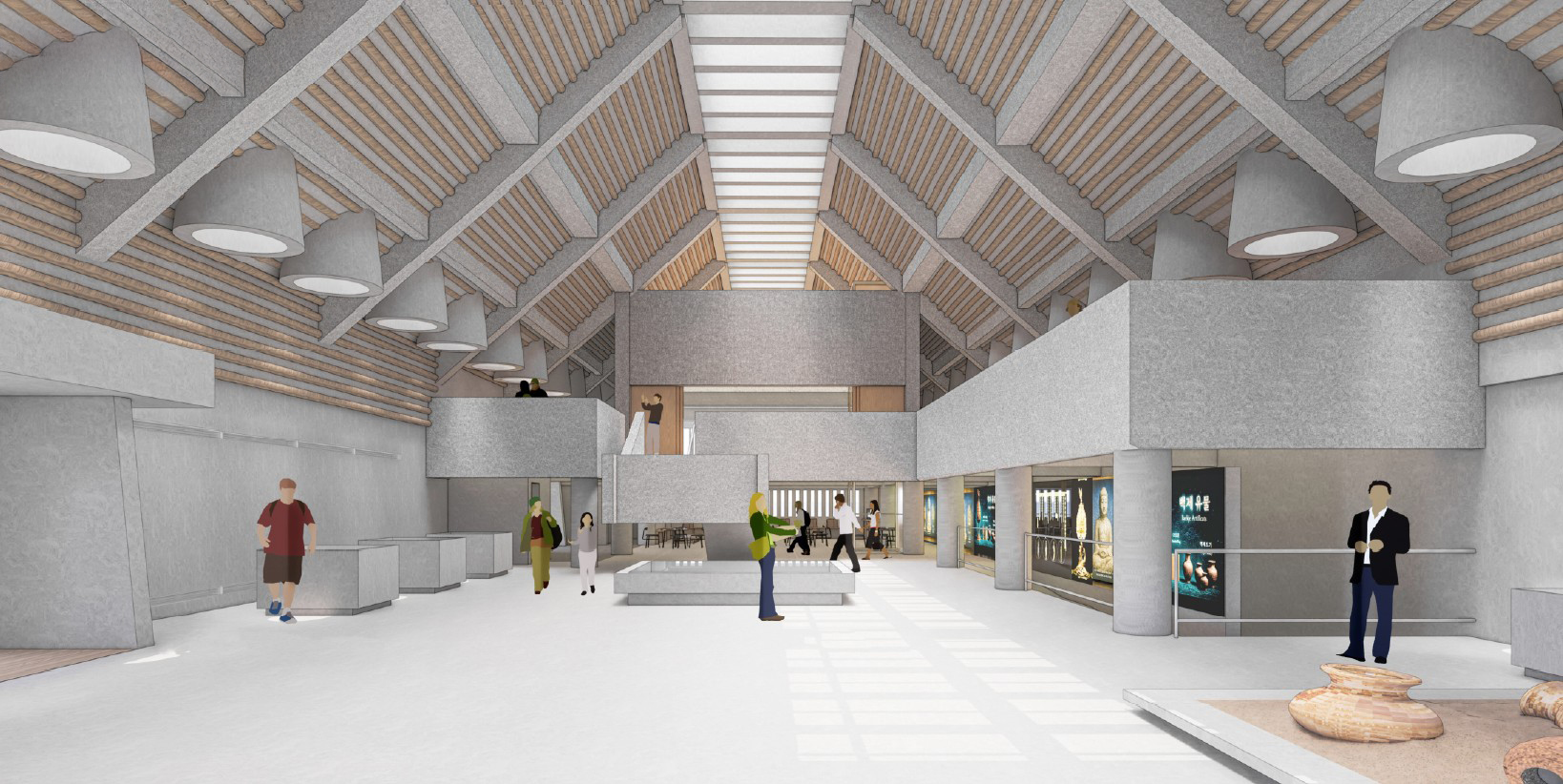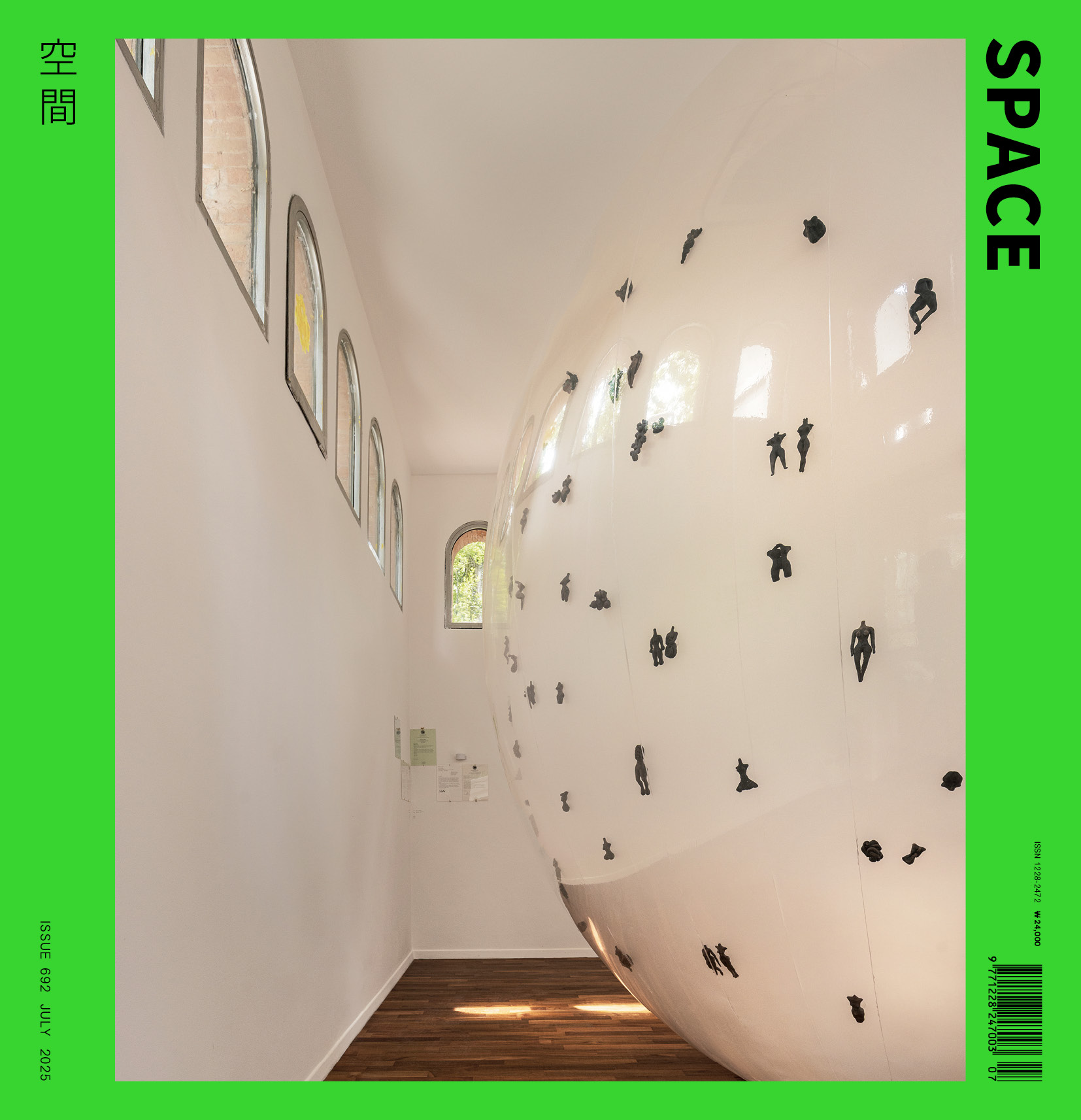SPACE July 2025 (No. 692)

Winning proposal of Design Competition for the Korea National University of Heritage (Old Buyeo National Museum) Remodeling / ©SPACE Group + Hanchang Architects Co., Ltd.
Old Buyeo National Museum, originally designed by Kim Swoo Geun, of the first generation of Korean architects, is set to be transformed by SPACE Group, formerly the Kim Swoo Geun Architects. On May 22, the Korea National University of Heritage, under Korea Heritage Service, announced that ‘Here and Now, Old Buyeo National Museum’ by SPACE Group (principal, Lee Sangleem) + Hanchang Architects Co., Ltd. (principal, Seong Jaejung) was selected as the winning entry in the design competition.
Since its completion in 1967, old Buyeo National Museum, which was located on the Gwanbuk-ri historical site, has gradually lost its original spatial quality. Especially, after the National Buyeo Museum relocated to a new building in 1993, the old structure was repurposed for various uses such as heritage research institute, gallery, experience enter. The design brief clearly stated the requirement to preserve the historical value of the building façade while restoring and modernising its original function as a museum. The project also aims to transform it into a new cultural space that connects with the local community.
The winning proposal successfully demonstrates how to preserve the existing exterior while restoring the original interior quality. It removes the slab on the second floor which added in the late 1990s to recover the openness of the main hall and the staircase. At the same time, a new storage facility is placed in a separate annex, allowing greater flexibility in the main building. The design also introduced an immersive underground exhibition space and a multimedia wall.
The jury evaluated this proposal as respectful of Kim Swoo Geun’s architectural language while reinterpreting the space with a new exhibition circulation. The remodeled old Buyeo National Museum will be able to accommodate over 6,000 items and serve as a key culture infrastructure, supporting education, exhibition, research, and local engagement. The detailed design will be completed in the second half of this year and the museum is expected to reopen in late 2027.





